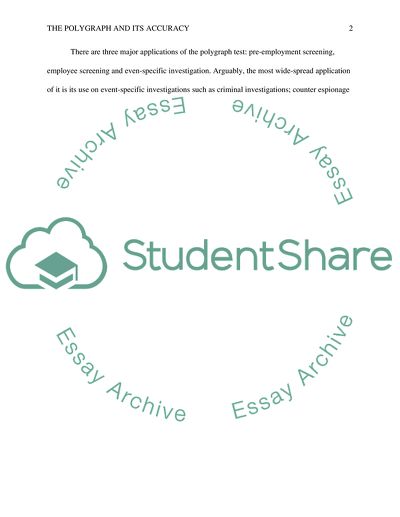Cite this document
(Accuracy Of The Polygraph Research Paper Example | Topics and Well Written Essays - 2000 words, n.d.)
Accuracy Of The Polygraph Research Paper Example | Topics and Well Written Essays - 2000 words. Retrieved from https://studentshare.org/philosophy/1787572-accuracy-of-the-polygraph
Accuracy Of The Polygraph Research Paper Example | Topics and Well Written Essays - 2000 words. Retrieved from https://studentshare.org/philosophy/1787572-accuracy-of-the-polygraph
(Accuracy Of The Polygraph Research Paper Example | Topics and Well Written Essays - 2000 Words)
Accuracy Of The Polygraph Research Paper Example | Topics and Well Written Essays - 2000 Words. https://studentshare.org/philosophy/1787572-accuracy-of-the-polygraph.
Accuracy Of The Polygraph Research Paper Example | Topics and Well Written Essays - 2000 Words. https://studentshare.org/philosophy/1787572-accuracy-of-the-polygraph.
“Accuracy Of The Polygraph Research Paper Example | Topics and Well Written Essays - 2000 Words”, n.d. https://studentshare.org/philosophy/1787572-accuracy-of-the-polygraph.


